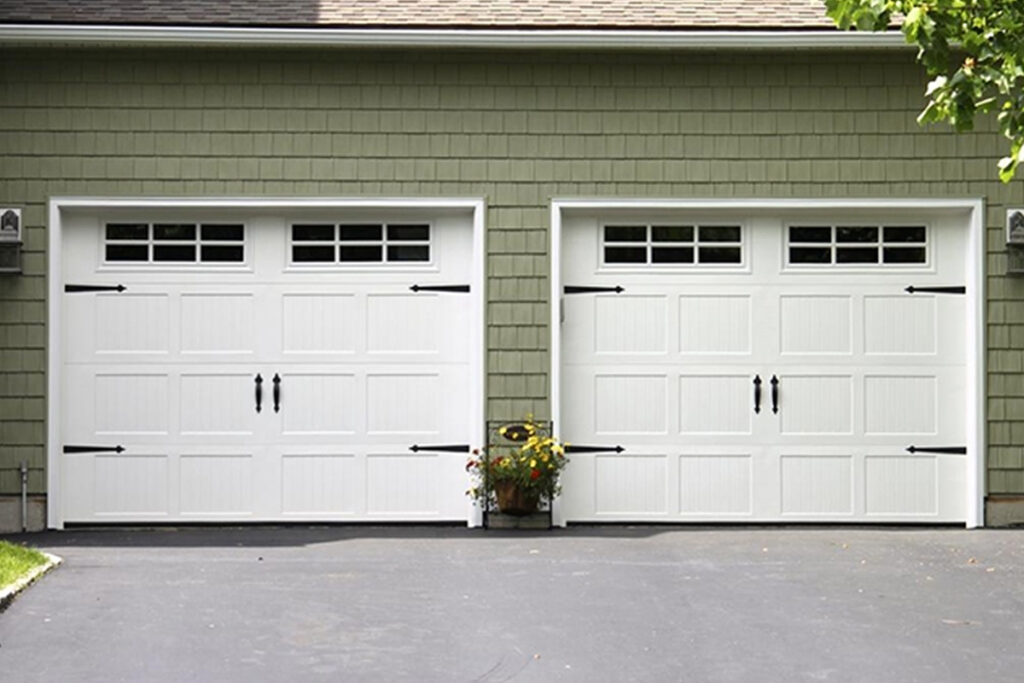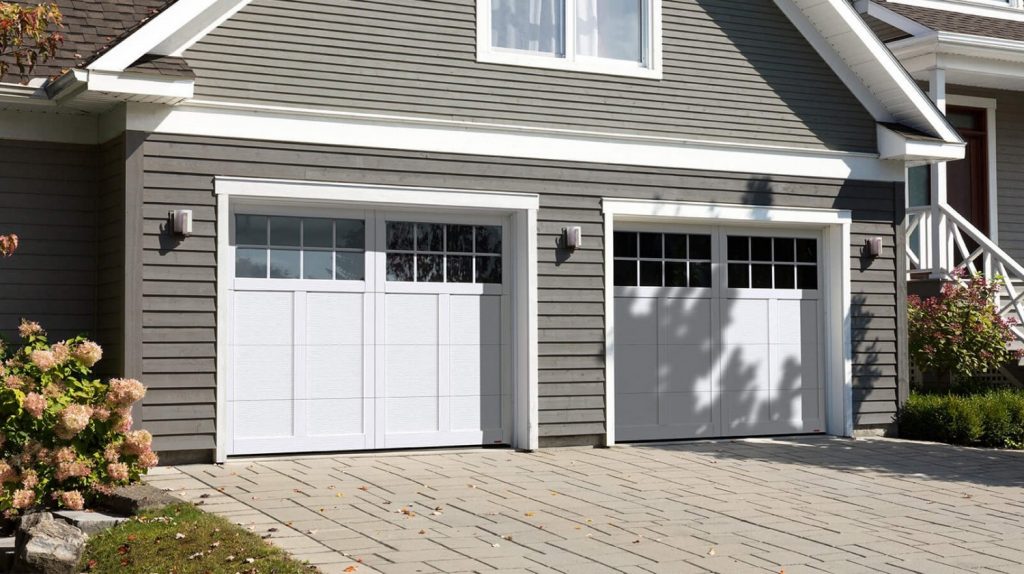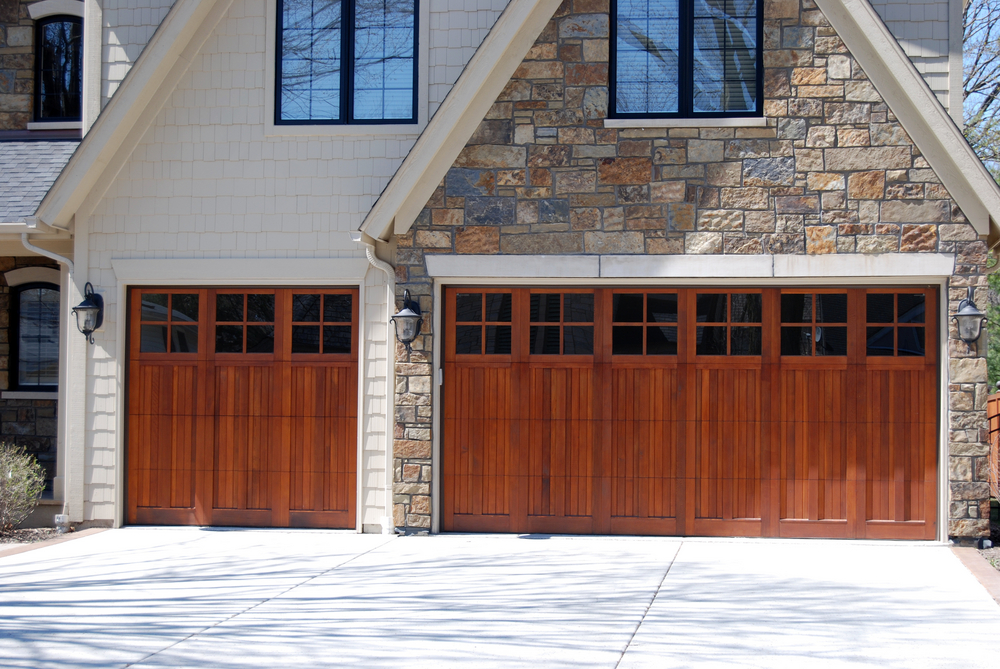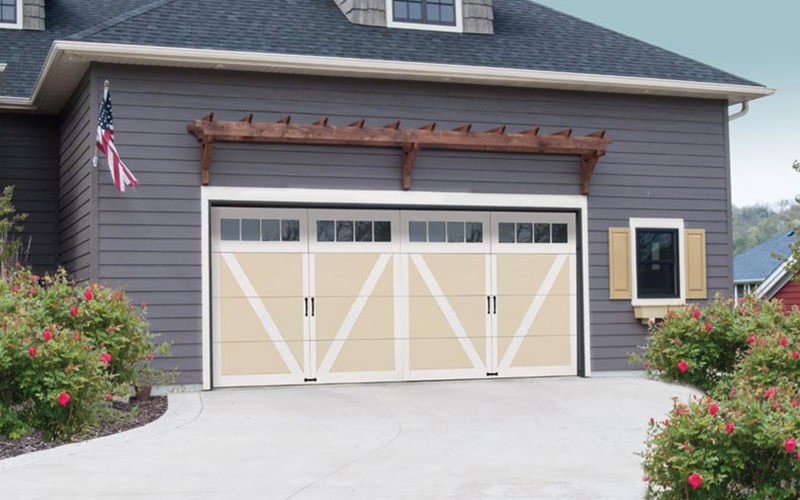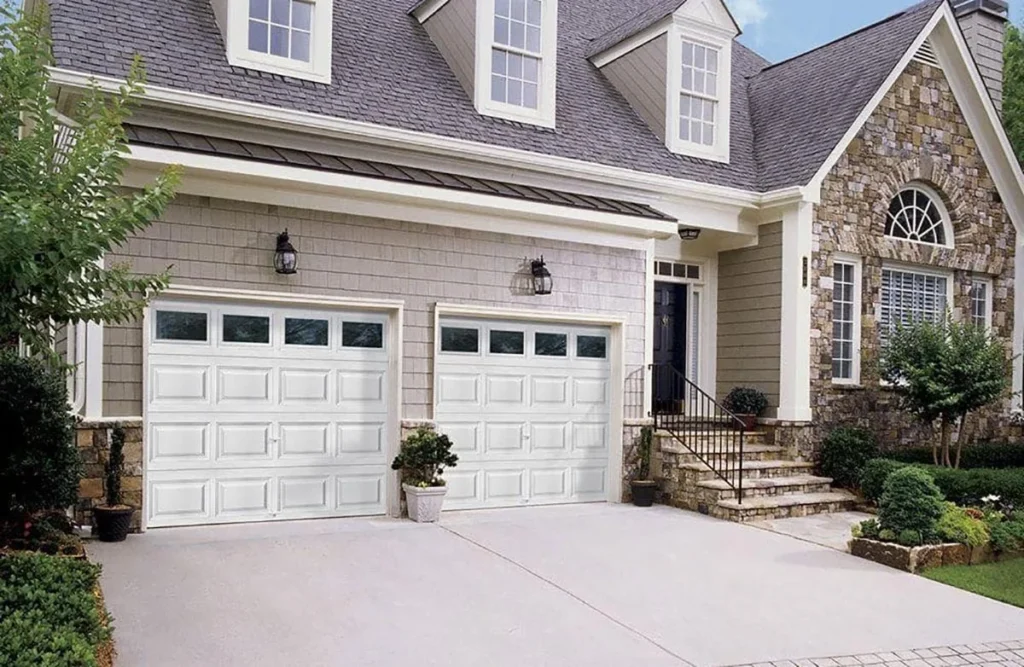Installing a new Garage Door Repair Volo IL can enhance the security and convenience of your garage.

Whether you are replacing an old unit or installing one for the first time, it’s crucial to follow the manufacturer’s instructions and safety guidelines. Here’s a detailed guide on how to install a new garage door opener:
1.Choose the Right Opener: Before purchasing a new garage door opener, consider the type of drive system (chain, belt, or screw), horsepower, and additional features such as smart capabilities. Ensure that the opener is compatible with your garage door size and weight.
2.Gather Tools and Materials: Collect the necessary tools and materials for the installation, including a power drill, adjustable wrench, screwdrivers, pliers, a level, a tape measure, and safety equipment such as safety glasses and gloves. Also, ensure you have all the components provided in the garage door opener kit.
3.Read the Manual: Carefully read the manufacturer’s manual that comes with the garage door opener. The manual provides specific instructions, safety precautions, and diagrams that will guide you through the installation process.
4.Disconnect Power to the Existing Opener: If you are replacing an old garage door opener, disconnect power to the existing unit. Unplug it from the electrical outlet or turn off the circuit breaker connected to the garage door opener to ensure safety during the installation process.
5.Remove the Old Opener (if applicable): If replacing an existing garage door opener, uninstall it by disconnecting the mounting brackets, releasing the door from the opener, and detaching the opener from the ceiling. Follow the instructions in the manual for your specific opener model.
6.Assemble the New Opener: Follow the instructions in the manual to assemble the new garage door opener. This typically involves attaching the rail segments, motor unit, and other components. Ensure all parts are securely connected according to the manufacturer’s guidelines.
7.Install the Rail: Position and secure the rail along the ceiling of the garage according to the instructions. Use the provided brackets to attach the rail securely. The rail is a crucial component that guides the garage door opener’s movement.
8. Mount the Motor Unit: Attach the motor unit to the ceiling brackets, ensuring it is centered and level. Secure it in place using the provided hardware. The motor unit houses the motor and controls the operation of the garage door opener.
9.Install the Trolley and Arm: Attach the trolley to the rail and connect the arm to the trolley. The arm is responsible for carrying the attachment to the garage door itself. Ensure the trolley is securely engaged with the opener’s drive mechanism.
10.Attach the Header Bracket: Install the header bracket to the ceiling above the garage door. Ensure it is securely fastened and aligned. The header bracket is a crucial support structure that holds the opener in place.
11.Connect the Door Arm and Trolley: Connect the garage door arm to the trolley. Follow the instructions in the manual to ensure proper alignment and secure attachment. This linkage is essential for the garage door opener to control the movement of the door.
12.Wire the Opener: Follow the wiring instructions provided in the manual to connect the opener to power. Use the included safety sensor wires to connect the sensors on either side of the garage door. Ensure all wiring is secure and follows safety guidelines.
13. Program the Opener: Program the garage door opener according to the manufacturer’s instructions. This may involve setting the travel limits, adjusting the force settings, and programming any remote controls or keypads that come with the opener.
14.Test the Opener: Before using the garage door opener regularly, perform a series of tests. Open and close the door several times using the remote control, wall switch, and keypad if applicable. Check for smooth operation and listen for any unusual noises.
15. Adjust Settings as Needed: If necessary, adjust the travel limits and force settings to ensure the door operates smoothly and stops when it should. Follow the manufacturer’s guidelines for making these adjustments.
16.Install the Manual Release: In case of a power outage, ensure the manual release mechanism is installed and functioning correctly. This allows you to disengage the garage door opener and operate the door manually.
17.Secure Safety Features: Ensure that all safety features, such as the safety sensors, are functioning correctly. Test the sensors by placing an object in the door’s path while closing to ensure the opener reverses as expected.
18.Secure the Opener: Once all adjustments are made and the opener is functioning correctly, secure it to the ceiling and wall following the manufacturer’s recommendations. Use the provided hardware to prevent any movement during operation.
19. Install the Light Bulbs (if applicable): If your garage door opener comes with built-in lights, install the recommended light bulbs. Follow the specifications provided in the manual to avoid damage to the opener.
20.Readjust if Necessary: After some use, recheck the settings and adjustments. Make any necessary readjustments to ensure optimal performance and address any issues that may arise.
In conclusion, installing a new Garage Door Repair Volo IL involves careful planning, following manufacturer instructions, and ensuring all safety guidelines are observed. Taking the time to install the opener correctly will result in reliable and efficient operation, providing you with a secure and convenient garage access solution. If you encounter any challenges or are unsure about any step, consider consulting a professional garage door installer for assistance.
EDM Garage Doors, LLC
596 Richard Brown Blvd, Volo, IL 60073, United States
1-847-416-3036


